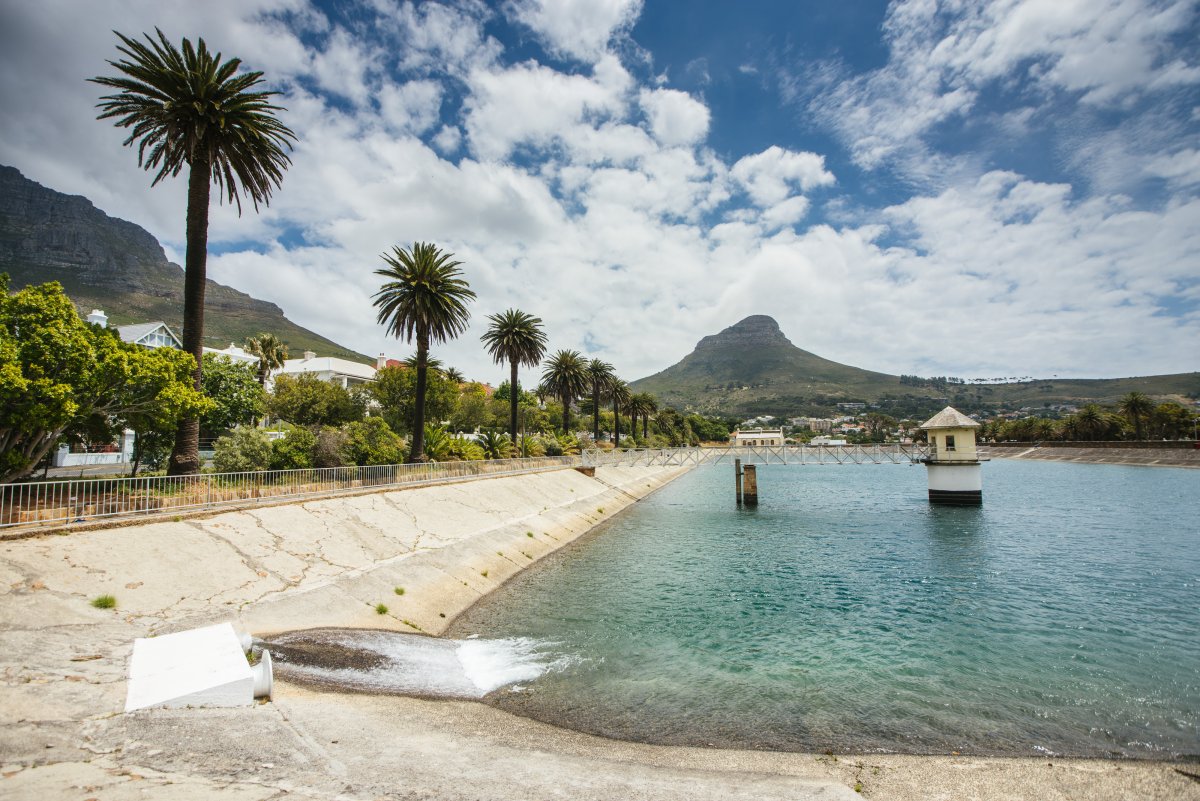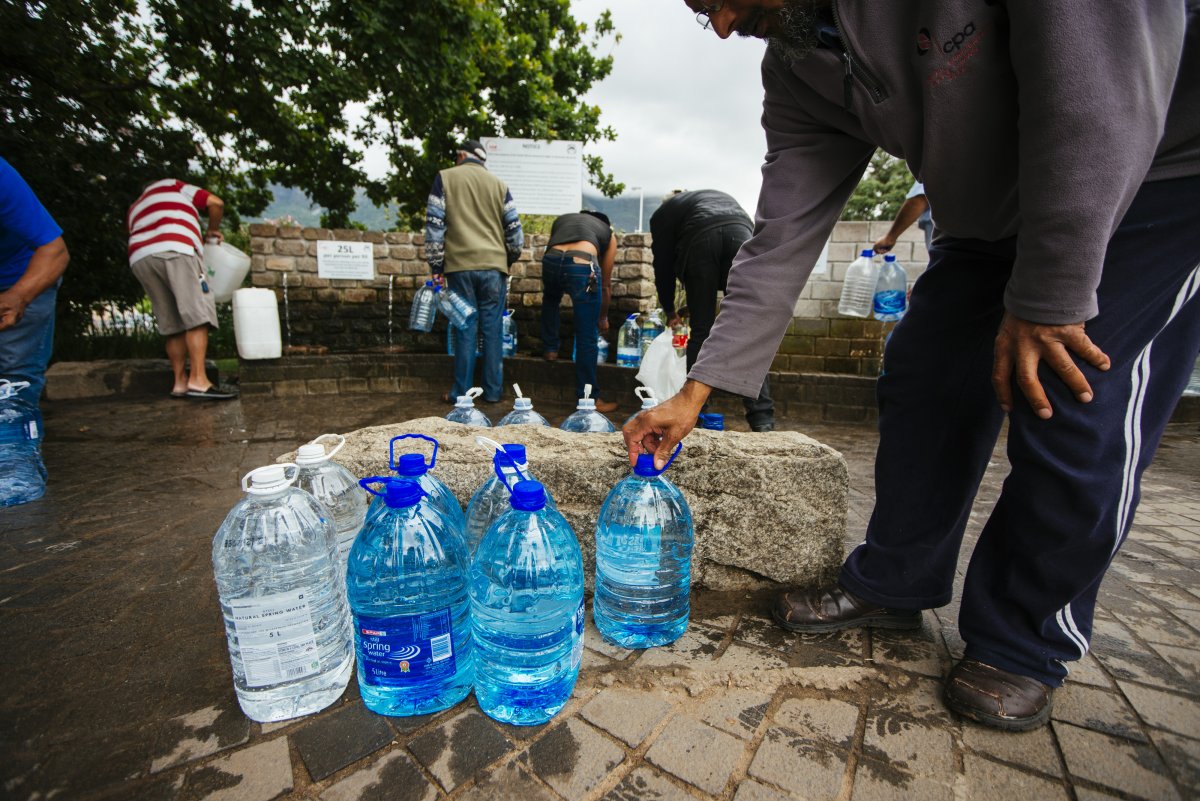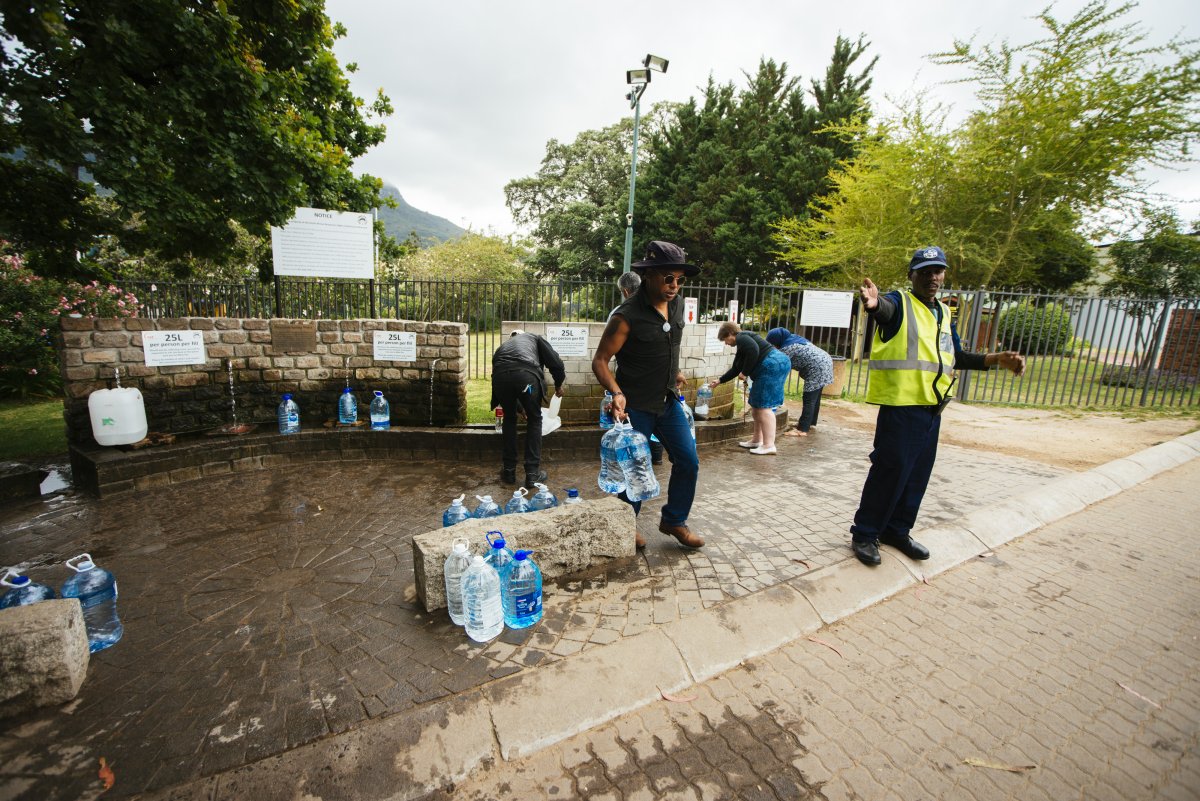One of South Africa’s largest cities, Cape Town, could be the world’s first major municipality to run out of water due to an unprecedented drought.

The city, which is also an iconic tourist destination, has less than a 90-day supply of water left in its reservoirs, meaning residents are forced to ration by taking short showers, flushing the toilet only when necessary and recycling bathing water.
“Day Zero” (or April 22) is when authorities predict the taps will run dry, leaving city officials scrambling to build desalination plants and drill underground water wells.
The drought has been caused by very low rainfall over the past few years and increased water consumption by the city’s growing population.
Cape Town Mayor, Patricia De Lille said its four million residents have to start drastically cutting down on their water. The capped household water usage at 87 litres per person, per day and residents will be fined if they break the rules.
Authorities want to reduce the city’s consumption to 500 million litres a day — half the amount used two years ago. This means car washing, topping up swimming pools and using potable water to irrigate gardens has been banned.
READ MORE: If it’s not green on this map, it’s a water source that’s been hurt by climate change
Businesses in the hospitality industry also say they are trying to help, limiting showers to two minutes and using water used for washing dishes and clothes to water gardens.
How much water is left?
City officials said dam levels dipped below 30 per cent in the first week of the new year, with only about 19.7 percent of that water considered usable.
What happens when the taps turn off?
Cape Town’s director of water and sanitation, Peter Flower, described it as a “terrifying prospect.”
WATCH: Matt Damon calls attention to global water crisis
Once the dams reach 13.5 per cent capacity, the water supply will be turned off for everyone but essential services like hospitals.
Cape Town residents will then have to go to one of the 200 municipal water points where they can collect 25 litres a day.
Online listings are already starting to pop up, showing companies willing to truck in tankers full of water from places that haven’t suffered such heavy drought — but for a price.
What is the city doing?
The city is trying to address the crisis by installing desalination plants to make sea water drinkable. It is also looking into underground extraction plants and water recycling programs.
- Enter at your own risk: New home security camera aims paintballs at intruders
- Boston Dynamics unveils ‘creepy’ new fully electric humanoid robot
- Ontario First Nation calls for chemical plant to be shut down amid ‘dangerously high’ benzene levels
- Nova Scotia scraps spring bear hunt idea, public ‘very divided’ on issue
Cape Town launched an online water map that allows residents to check their water habits.
How much water do Canadians use?
To put South Africa’s crisis in comparison, Canadians use around 329 litres of water a day. And the average Canadian uses about 65 per cent of it in their bathrooms, according to Environment Canada.
Many First Nations communities in Canada have been experiencing water crises for decades. As of December 2017, there were 125 drinking water advisories in First Nations communities across the country. Ninety-one of these are long term.
WATCH: Human Rights Watch pressures Canada on access to clean water in Indigenous communities

















Comments